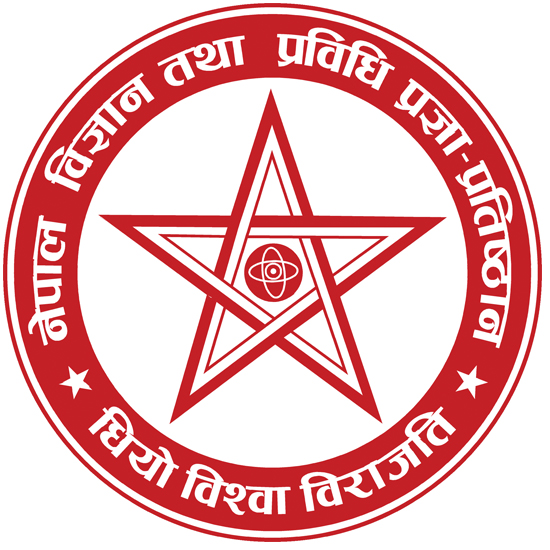Buddha Ram Shah, PhD
Coordinator
Chief Scientific Officer
Tel : +97715547715
Email: [email protected]
Background
Physical science research laboratory mainly focussed on Radiation Research and Nanomaterials Research. Radiation Research is centered on ionizing radiation and covering radiofrequency radiation as well as a part of non-ionizing radiation. Major work of radiation research laboratory is to provide Occupational Radiation Dosimetry to the radiation workers especially in various public/private hospitals of Nepal. Under environmental radioactivity measurement program monitoring of background radiation and Radon level assessment are being carried out. Further Nanomaterials Resarch is focused in synthesis and characterization of nanomaterials .
Activities
1. Personal Dosimetry Service
Under this program currently around 1000 radiation professionals from more than 100 hospitals and institutions are being monitored periodically for their absorbed radiation dose using Thermoluminiscent Dosimeter (TLD). Primarily TLD technique uses a TL phosphor of LiF.MgTi in the form of TLD card. A TLD card is normally worn by an individual for a period of three months during one’s duty hour. At the end of three month the distributed TLDs are collected for the analysis of exposure and at the same time a new set of TLDs is provided to wear. A project NEP9005 ‘Strengthening Radiation Safety through Regulatory Infrastructure, Occupational and Medical Exposure Control’ for four years (2018-21) has been supported by the International Atomic Energy Agency (IAEA). Under Quality Management System (QMS) of our Dosimetry, the calibration of the Reader is being maintained in collaboration with Secondary Standard Dosimetry Laboratory (SSDL) of nuclear agency of Malaysia.
2. Environmental Radioactivity Measurement
Radioactivity due to decay series of U, Th and K-40 in the environmental samples is being carried out. Using passive radon dosimeters (LR 115 and CR-39) based on Solid State Nuclear Track Dector (SSNTD), indoor radon level study is being carried out in various locations of the country. Currently Radon level study is under progress in the earthquake (2015) affected areas of Sindhupalchowk and Gorkha districts. For real time monitoring of environmental radioactivity, the installation of Micro Gamma Dose Rate is in progress.
3. Nanomaterials Research
Nanomaterials research is primarily focused on synthesis, characterization and application of metal oxide nanomaterials. Many metal oxides are very important due to their wide range of electronic and optical properties. These properties can be further altered by appropriate doping processes. In this project metal oxide nanomaterials are synthesized by the chemical route. Their crystalline properties are examined by X-ray Diffractometer . The optical properties are determined using UV-Visible and FTIR spectroscopy. The electrical properties are measured between room and high temperature using Four Probe method. And the samples are sent elsewhere for morphological studies using Scanning Electron Microscopy and Atomic Force Microscopy. Nanomaterials have applications in Photocatalytic Effect, Gas Sensors, Dye sensitized solar cells (DSSCs), Biomedical application, etc.
4. SSDL Project (IAEA NEP6004)
At present, Nepal lacks a calibration for radiation measurement devices. As a result, Nepal is dependent on foreign countries for this purpose. It is therefore imperative to strengthen the capability of NAST in performing the calibration of devices being used in the country for which we need a secondary standard level setup.
A project (NEP6004) on Establishing Secondary Standard Dosimetry Laboratory (SSDL) has been approved for Nepal by International Atomic Energy Agency (IAEA) of which NAST is the main Counterpart. Under this project, to perform the calibration work, a Bunker is required to install 20 Ci: Cs-137 radioactive source. This radioactive source will be provided by the IAEA and, building a Bunker is under the responsibility of Nepal Government. The architectural and Engineering Design, Cost Estimate and Bidding Document of Bunker Building having Bunker Component underground (two mirror irradiation rooms) and an office building on the ground floor have been completed. The construction phase of the Bunker Building in the NAST premises is to resume soon.
Team Members
1. Dr. Buddha Ram Shah, PhD ( [email protected] / [email protected])
2. Dr. Deependra Das Mulmi, PhD ( [email protected] / [email protected])
3. Mr. Bipin Rijal ([email protected])- on study leave
